by Linore Rose Burkard
[I'm honored to be joining the talented writers of Novel Rocket who really show what it means to have iron sharpen iron. Thank you, Novel Rocket, for having me! This month, I share a portion of a workshop I give for newer writers.]
Author Joanne Reid has said, "One of the leading causes of rejection by a publisher is poorly developed, one-sided characters." Just as deadly for an author is to have a reader reject his or her work after publication for the same reason. Cardboard characters. Like Flat Stanley, they lack depth. In short, a lack of character development means a failure to enchant the reader.
 |
| Don't let "Flat Stanley"enter your novel! |
So the question becomes, how do we avoid being that writer? Is there a key to creating characters that aren't one-sided?
Publishing experts agree there is. Believable, well-rounded characters share basic building blocks that any writer can use. Some may seem obvious, but even published authors can fail to include one or more of these elementary features of a well-rounded character, so take note.
1. Individualized Appearance
Seems intuitive, right? But I read a book that despite being generally enjoyable, failed to let me know what the heroine really looked like! I had a great sense of who she was emotionally, but I wasn't even sure of her hair color. Don't make that mistake.
From hair color and style to fashion statement or lack thereof; posture, facial expression, body language--it all counts and you can use any single feature to distinguish a character simply by highlighting that feature. Anything that sets them apart from the crowd is what you want your reader to notice. It doesn't even have to be something "different" as much as something peculiar to that person.
At the same time, don't overdo it. Keep description short unless you have a thematic reason for emphasizing it; but be specific. Include the basics such as ethnicity, hair and eye color, stature, etc. Don't make it a boring catalog or include every attribute, but use context to convey information in as unobtrusive a manner as possible.
Example: At six-foot-two, Jared's height made Sheri feel like a dwarf; she didn't like it. (In one sentence you learn how tall Jared is--and Sheri isn't. You also learn Sheri doesn't like feeling short.)
2. A Solid Background
Heroes, heroines, and all main characters need a past, a history that is specific. Most of this history will not need to appear in your book, but if you are going to write the character well-rounded you'll need to know it. Many authors find they rely heavily on the past history of their characters as they write, often creating plot twists that work ONLY because of that history. Nearly all of Jane Austen's novels use this as a plot-device. She carefully hides details of a character's past until the seemingly sudden twist rocks the world of the novel--at which point the truth is revealed (discovered), everything makes perfect sense, and the story can end satisfactorily.
Never forget that the reader desperately wants your story to make sense. It gives a feeling of completeness to the book, a satisfaction that mustn't be denied them. Your characters don't have to be likeable or loveable--but they must make sense. Even if they are comprehensible to no one else but themselves (and the reader) they must at least be that. Background is the key to what makes sense for them.
3. Emotion (or Motive)
This digs deeper into the idea of a character making sense. Their actions must align with their beliefs, or result in conflict. If actions result in conflict, it has to be crystal clear why they did whatever they did. One of the driving forces in some novels is simply a quest to answer that question: Why? Why did Johnnie kill Susie? Or, why did Susie marry Johnny? In other words, motive and emotions are everything in a novel, just as they are in real life. Real people do things for a reason, and don't do other things for a reason. Fictional characters have to be similarly engineered.
When it comes right down to it, most plots hinge on the emotions or motives of characters, because conflict arises where feelings and obstacles meet. When you have a character who is forced to do or say things he or she doesn't really mean or want to do or say, you have conflict. When you have conflict, you have a story.
A character can be at odds with himself, his surroundings, his family, even God--any obstacle can work, just as long as the reader understands why it's a conflict. This means you have to imbue your character with emotions. Figure out what makes your protagonist tick--then put something in the way that makes them reel, and you've got a plot that's moving forward.
That's about all I can fit into one post, but if you suspect your characters are flat, try using these building blocks to flesh them out: Individual Appearance, Background and Emotion. Soon, instead of a cardboard dummy like Flat Stanley, you'll have a genuine person on your hands.
What about you? Do you have a favorite device or "building block" to flesh out your characters? Share your method with us in the comments.
Happy Writing,
Linore
Linore Rose Burkard is
best known for historical regency novels with Harvest House Publishers,
including Before the Season Ends, the award-winning The House in Grosvenor Square, and, The Country House Courtship. As a writer noted for
meticulous research as well as bringing people to life on the page, Linore’s
books delight fans of historical romance with “Heyeresque” humor and Austen-like
manners. Linore teaches workshops for writers with Greater Harvest
Workshops in Ohio, is a homeschooling mother of five, and has recently finished
a YA novel. Keep up with Linore by subscribing to her free newsletter at LinoreBurkard.com




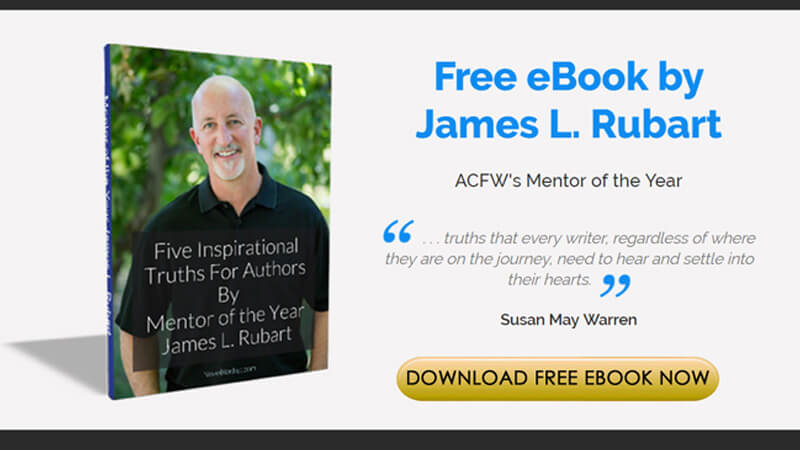

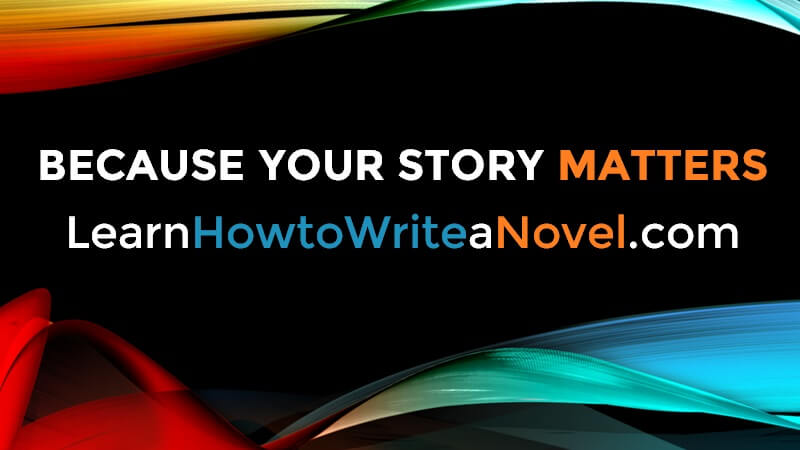

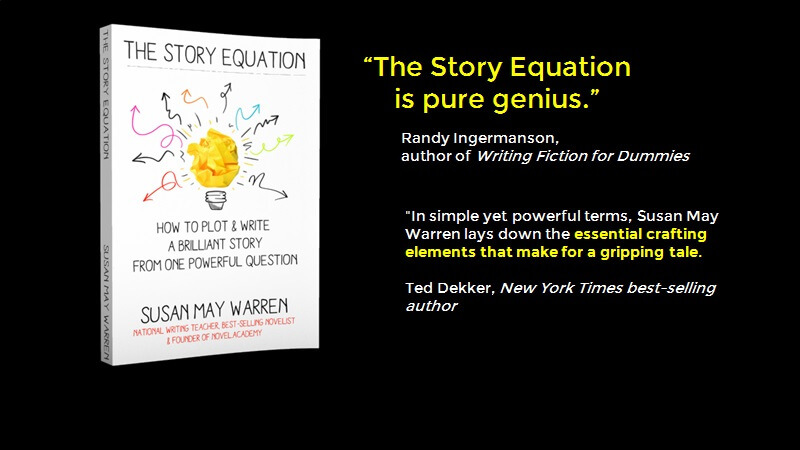

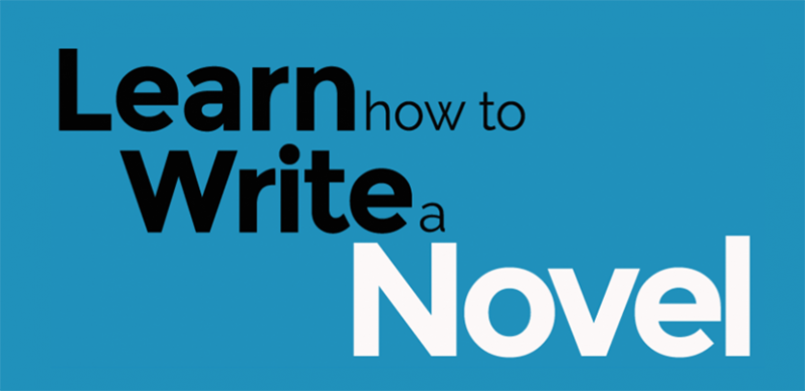

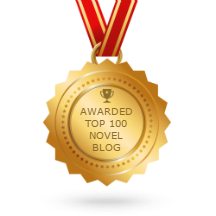
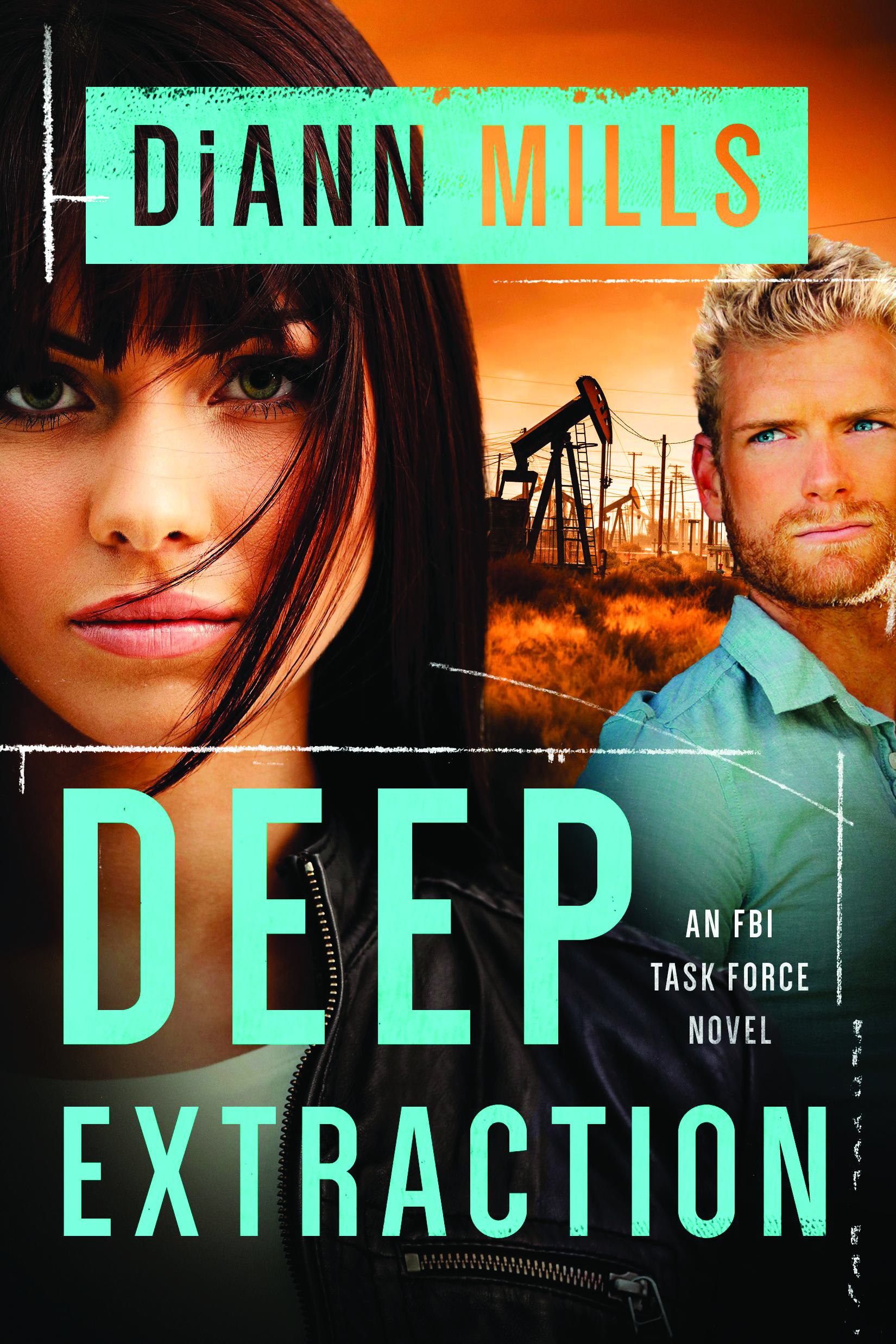
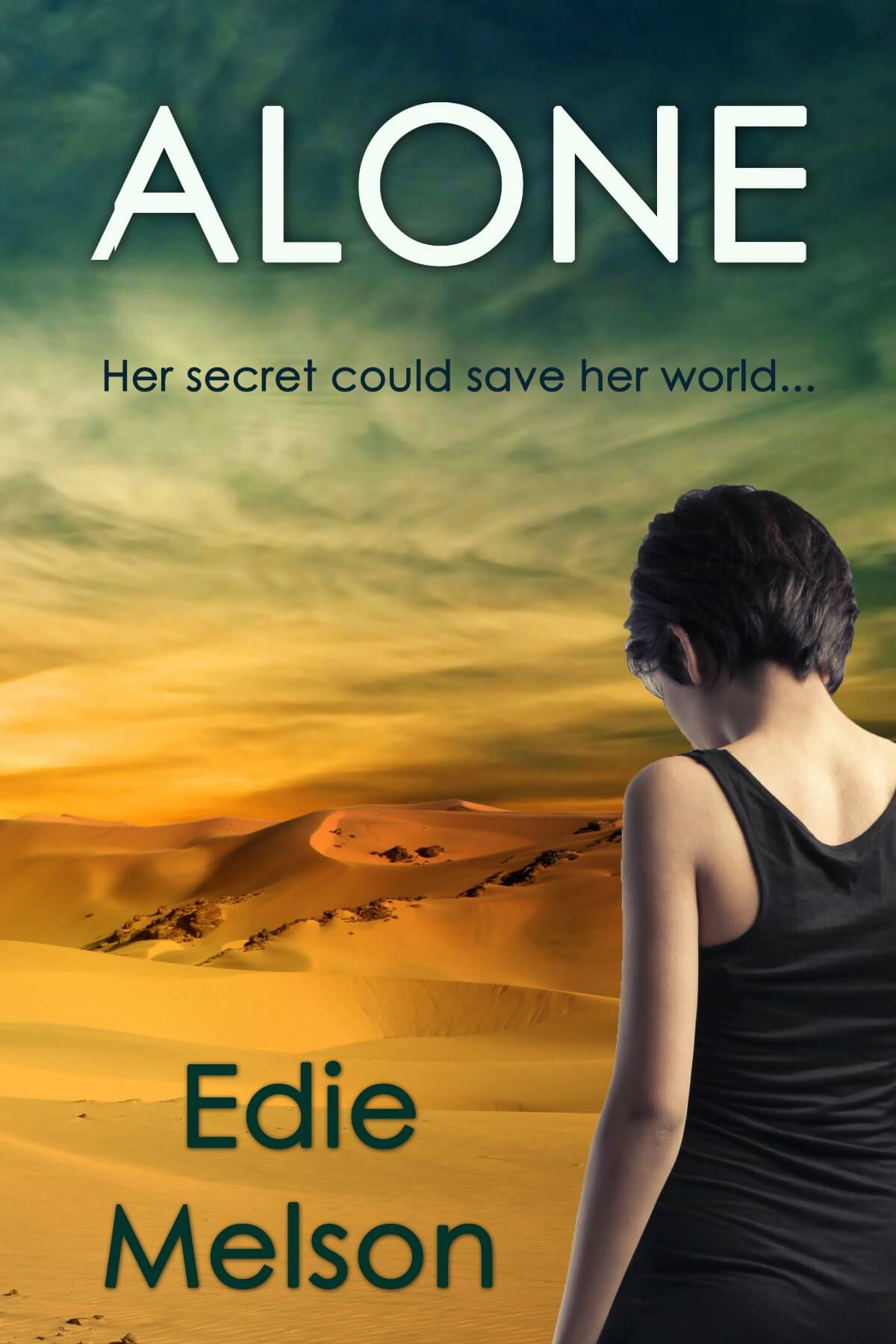









Excellent article, Linore. I preach knowing background and motive a lot. In fact, I'm teach a continuing education class on motivation at the BRMCWC this May. I'll earmark this article and point the students to ir.
ReplyDeleteAnd welcome to the Novel Rocket team!
Thank you, Ane. I'm delighted to be here as I feel I'm in good company! :)
ReplyDeleteAnd thanks for the plug with your students. Now, at risk of seeming ignorant, please tell what the BRMCWC is!
It's the Blue Ridge Mountains Christian Writers Conference. Check it out at:
ReplyDeletehttp://ridgecrestconferencecenter.org/event/blueridgemountainchristianwritersconference#.VRlW11wmfMA
or
http://altongansky.typepad.com/writersconferences/welcome-and-info-about-brmcwc.html
OK, I've heard of that but not been to one yet. I'll check it out, thanks.
ReplyDeleteExcellent article - very helpful. Thanks!
ReplyDeleteHi Donna! Thank you. I posted it to the Greater Harvest fb page.
ReplyDelete